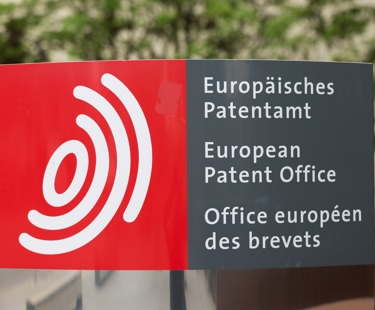The European Patent Office (EPO) has made significant advances in recent years in the digital transformation of the patent filing, examination, and grant processes.
The MyEPO Portfolio platform provides multiple vital resources for the everyday operation of a patent firm or an in-house IP department. MyEPO Portfolio includes the revised Mailbox function for receiving electronically practically every type of official communication from the EPO. It is also possible to view the files of both published and unpublished European patent applications using MyEPO Portfolio. Responses to search reports, office actions, and intentions to grant may all be filed electronically through the MyEPO Portfolio environment. An interesting recent development is the introduction of an online interaction portal with EPO Examiners for a live consultation, even allowing amendments to be worked on collaboratively between applicants or representatives and EPO Examiners. The previous standalone versions of the Mailbox and My Files have now been decommissioned to be replaced with the central resource of MyEPO Portfolio.
Online Filing 2.0: Streamlined Patent Application Filing
Online Filing 2.0 (OLF 2.0) is the preferred route for filing European patent applications and PCT applications at the EPO. It is also possible to file subsequent responses, submissions, and amendments using OLF 2.0. OLF 2.0 is suitable for use during examination, opposition, and appeal proceedings before the EPO. The original Online Filing software which dates back over 20 years is still possible to use despite the disadvantages of local updates being required due to the client-server nature of the software. This contrasts with the web-based operation of the OLF 2.0 software.
In the event of technical problems at the EPO and the online filing services being temporarily unavailable, the EPO offers the backup option of the Contingency Upload Service. Contingency Upload is intended to be a replacement for the possibility of fax filing which was recently discontinued. All users should be prepared for how to use the Contingency Upload Service well in advance of any unexpected technical problems.
Central Fee Payment: Easy Fee Management
The Central Fee Payment portal provides applicants and representatives with a single resource for paying fees as they become due on European patent applications and PCT applications. It is possible to manage deposit accounts at the EPO and also claim refunds, if appropriate, via the Central Fee Payment portal.
Transition to Two-Factor Authentication
For over two decades applicants and representatives have been familiar with using EPO-issued smart cards to gain access to the various on-line services and platforms at the EPO. At the end of 2024 the use of smart cards will be discontinued to be replaced with two-factor authentication. Now is the time for all users to make the switch to two-factor authentication before the smart card option is retired.
Expanding Document Filing Options
The digital transformation journey at the EPO is continuing with further future developments. There are plans to introduce filing of documents in colour in 2025, which may be especially useful for patent drawings. There are also hopes that next year will finally see the possibility of filing patent application documents in DocX format rolled out generally. DocX filing has been in the pipeline for many years, with the pilot project for DocX filing running since 2020.
Commitment to Environmental Sustainability
The need for the EPO to embrace wider environmental sustainability means that the digital transformation will also result in the EPO ceasing to send paper copies of prior art documents cited in search reports and office actions later this year. Instead applicants and representatives will be invited to download electronic copies from the espacenet resource. It is hoped that this could save up to 6 million pages per year.


